In an age where digital screens dictate our movements and connections, the essence of place and community can easily slip away. But amidst the rapid flow of information, there are places like Chanthaburi’s Chantaboon Waterfront that beckon us back to reality.

Here, in the heart of Chanthaburi Province’s oldest communities, a stroll along the waterfront offers a tangible connection to tradition and history. Amidst a backdrop of a Christian church, Chinese shrine, Buddhist temple, and ancient houses lining the riverbank, visitors are transported to a realm where authenticity reigns supreme.
For those seeking a taste of genuine experience, a bowl of egged noodle topped with garlicky Mantis shrimp embodies the essence of reality far more than any filtered photo on social media. As my companion, Pla, jests while requesting two more bowls, “An army marches on its stomach,” a famous quote excuses indulgence in the simple pleasures.

Stretching barely a kilometre along the Chanthaburi River, the Chantaboon Waterfront reveals layers of history on both its right and left banks. On one side, clusters of weathered wooden houses and European-style mansions tell tales of bygone eras. Across the river stands the imposing Cathedral of the Immaculate Conception, Thailand’s largest Catholic Church. With its Gothic architecture towering over the waterfront, it stands as a sentinel, watching over the community it has served for centuries.

Local guide Krit Phetchang shares insights into Chantaboon’s rich past as a bustling trading port, where Thai, Chinese, and Vietnamese merchants converged to exchange goods and spices. Once a strategic location during the Franco-Siamese War of 1893, the waterfront bore witness to historical upheavals and cultural exchanges.
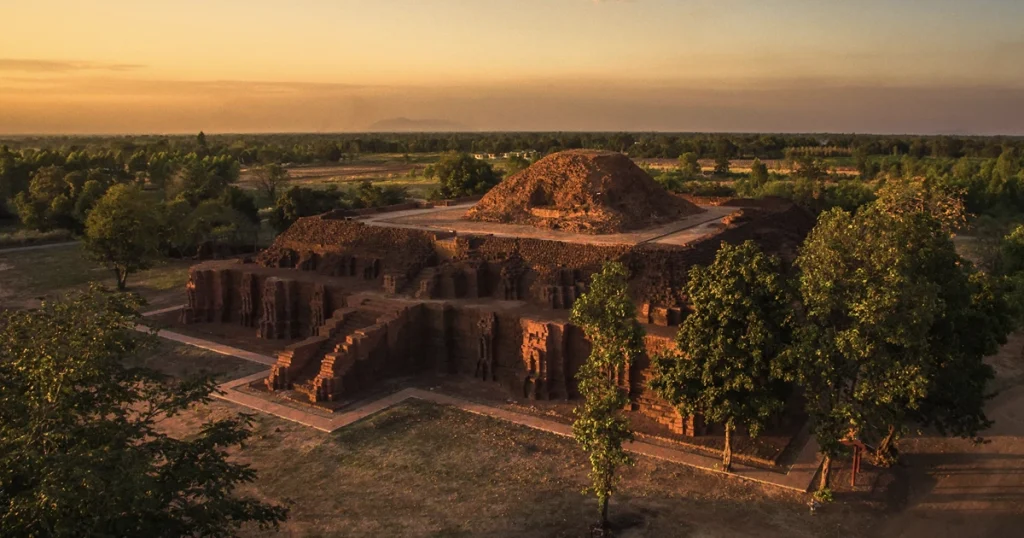
VISIT THAILAND
Si Thep: A Journey to Thailand’s Lost Treasure
Si Thep, an ancient town nestled within the Lop Buri-Pasak River Basin in Phetchabun Province, 450 kilometres north of Bangkok, has recently risen to prominence as a UNESCO-designated World Cultural Heritage site. Known as the “Lost Hindu Town” in the annals of the Siamese Royal Court, its revival in 1904 can be credited to the visionary historian Prince Damrong Rajanubhab, who was led to this legendary city by locals in Phetchabun.
Crossing the bridge to the cathedral’s side, visitors encounter a vibrant street scene reminiscent of ancient trading ports like Hoi An and Takua Pa. Amidst the mix of private homes, emerging art galleries, and inviting coffee shops, the legacy of Chanthaburi’s wealthy merchants and royal servants is palpable in the ornate colonial-style buildings and intricate wooden houses that dot the landscape.

Yet, amid the charm, there’s a poignant reminder of fading heritage. As younger generations leave for urban centres, some of the old houses stand neglected, their former glory slipping into obscurity. But amidst the decay, there’s an undeniable sense of exploration and discovery as visitors wander through the labyrinthine streets, encountering hidden shrines, impromptu chess games, and vibrant street art that adds a contemporary twist to the historic setting.
Chantaboon Waterfront is a tapestry of contradictions, where the past and present intertwine to create an authentic experience that reconnects visitors with the essence of place and people.
IF YOU GO
Chanthaburi, located in the eastern part of Thailand, is a provincial town situated along the banks of the Chanthaburi River. Every day, passenger buses depart from Bangkok’s Ekamai Terminal bound for Chanthaburi.

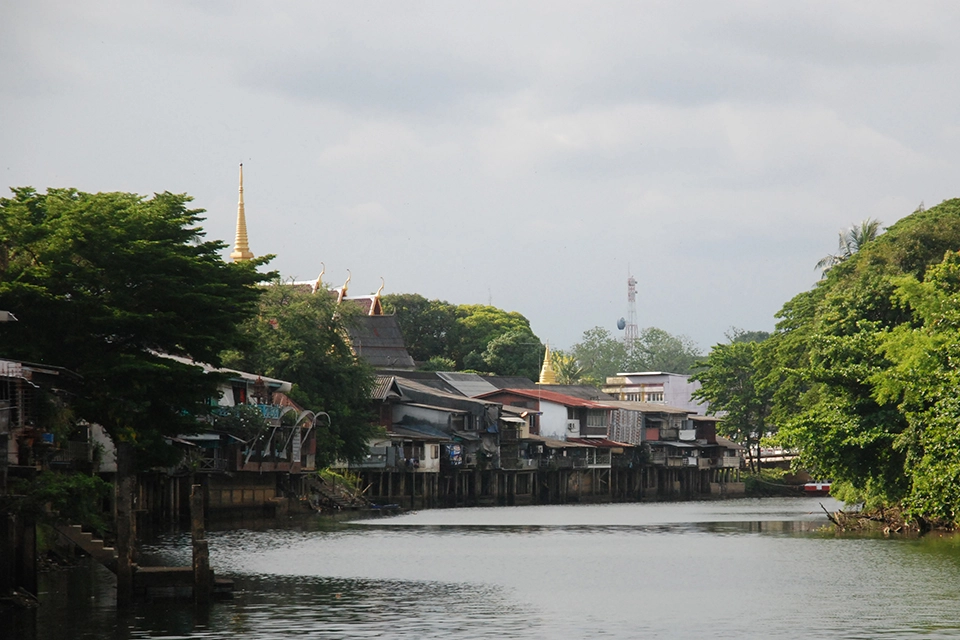
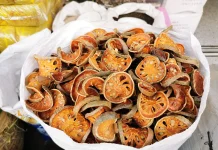








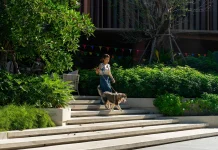
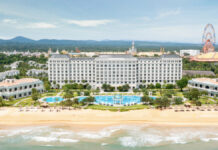
[…] >>Read more […]
[…] >>Read more […]
Comments are closed.